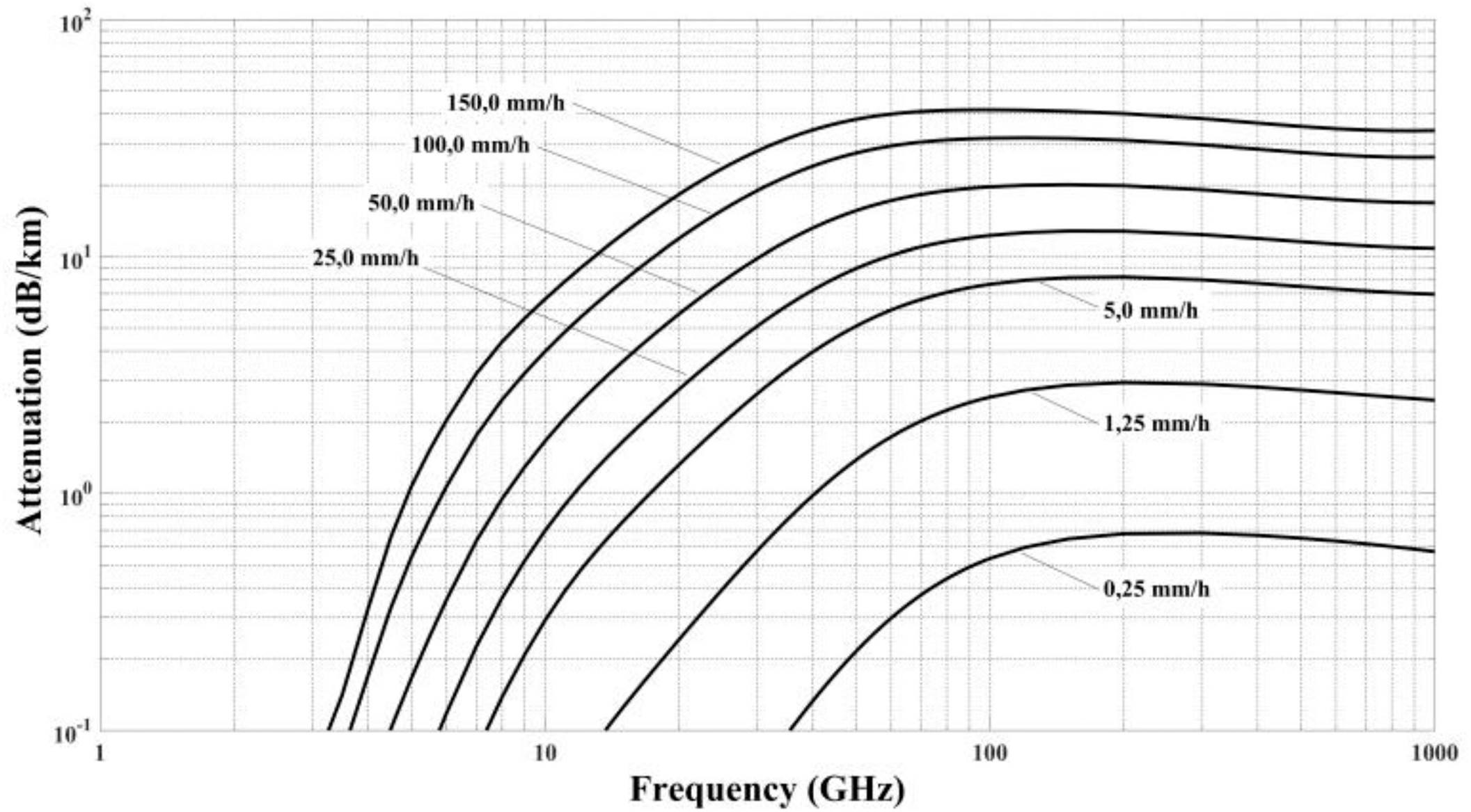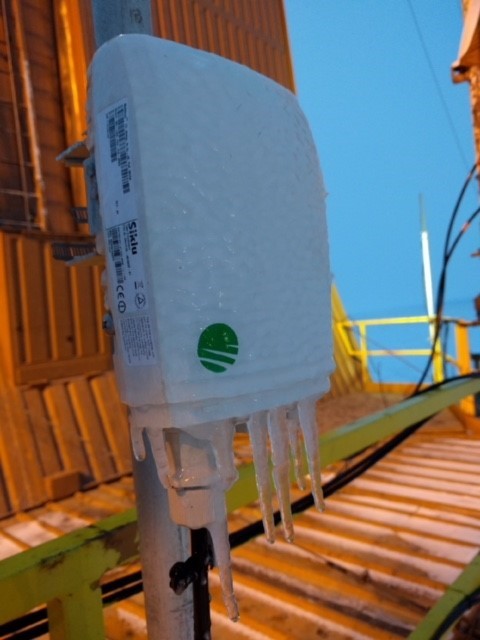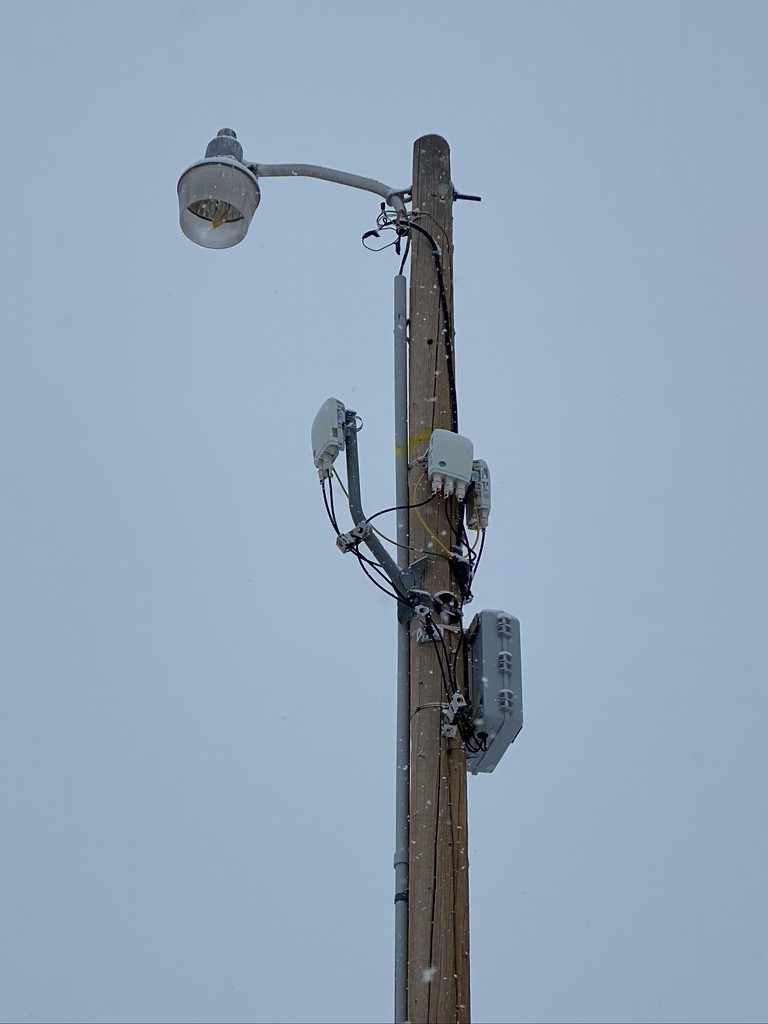As we enter the third decade of the century, it is a given that we now live in a Gigabit World. Delivering those gigabits wirelessly is now all the rage, and as with all “new” technologies there are rampant misconceptions about what it can and can’t do. Nowhere is this more evident than on the topic of mmWaves (38 – 90GHz) and the impact of weather on range and performance.
It is a matter of basic physics that the higher the frequency the shorter the range. While mmWave has the most spectrum and is best suited for delivering gigabits, it is by definition going to cover shorter distances when compared to, for example, sub 6GHz bands. This is well understood and accepted. What is less understood are the methods and techniques available to extend mmWave links and the limited impact weather has on these systems.
As a rule of thumb, RF planning does not consider weather impact be it from rain, snow, fog etc. to have an appreciable impact for frequencies under 7GHz. The mythology for mmWave comes in when people start talking about the impact of weather on these networks. Let’s examine what this really is and how it affects planning and deploying your gigabit mmWave network.
Not all Weather is the same
When it comes to impacting the range of a mmWave system, not all weather has the same impact. To understand this we have to examine how weather actually reduces range. And its simpler than you think. Weather – rain, snow, fog, are all physical impediments and absorbers for RF waves. To get a feel for the impact each has on mmWave range, consider the density of the particles themselves (each drop of fog, rain or snow flake) and how densely these individual particles are as a whole. Combining these two represents a given mass of absorbing material.
.jpg?width=500&name=Table-for-blog_3%20(002).jpg)
From the table above it is clear that when considering weather impacts on your mmWave network rain is the primary culprit. The table below shows how rain attenuates mmWave based on how heavy the rain is and what frequency is being used.
Given rain reduces the range of a mmWave connection, how serious is this and what can be done to mitigate it? Again this is not a new issue for mmWave, its just new to most people who have not worked in this technology. Microwave vendors have been dealing with rain effects for decades and the approach is easy, well understood and reliable. The solution is to consider rain in the network design, using 40 year’s worth of data that shows average rain rates for different regions around the world. This is combined with the system performance (link budget Calculator) and it is fairly straight forward to predict very accurately the expected performance at varying ranges for any location in the world. And we are not talking about just rain here, but heavy rain.
For example, if a customer has an EH-8010 connecting a one-mile link using 1foot antenna in Nebraska, it would take almost 0.8inches of rain per hour (20mm/hr) to impact the capacity, and almost 4 inches per hour (80mm/hr) to disrupt the link completely. Basically a tropical rainstorm would have to hit before the link disconnects and then only momentarily.

Summary
Having a deep and thorough understanding of the impact rain can have on a mmWave network, and realizing that fog and snow are not an issue allows customers to plan and build reliable mmWave networks. Distances covered can be as far as 5kM (2 to 3) miles while maintaining high availability. With advanced features like Siklu’s ExtendMM, it is possible to take 10Gbps Full Duplex connections and stretch them to 10km (6 miles) and more. It’s a Gigabit World, and mmWave by Siklu will deliver this to your customers. As has been said in another context, “Neither snow nor rain nor heat nor gloom of night…” will prohibit Siklu Solutions from bringing you high capacity, reliable Fixed 5G connectivity.

